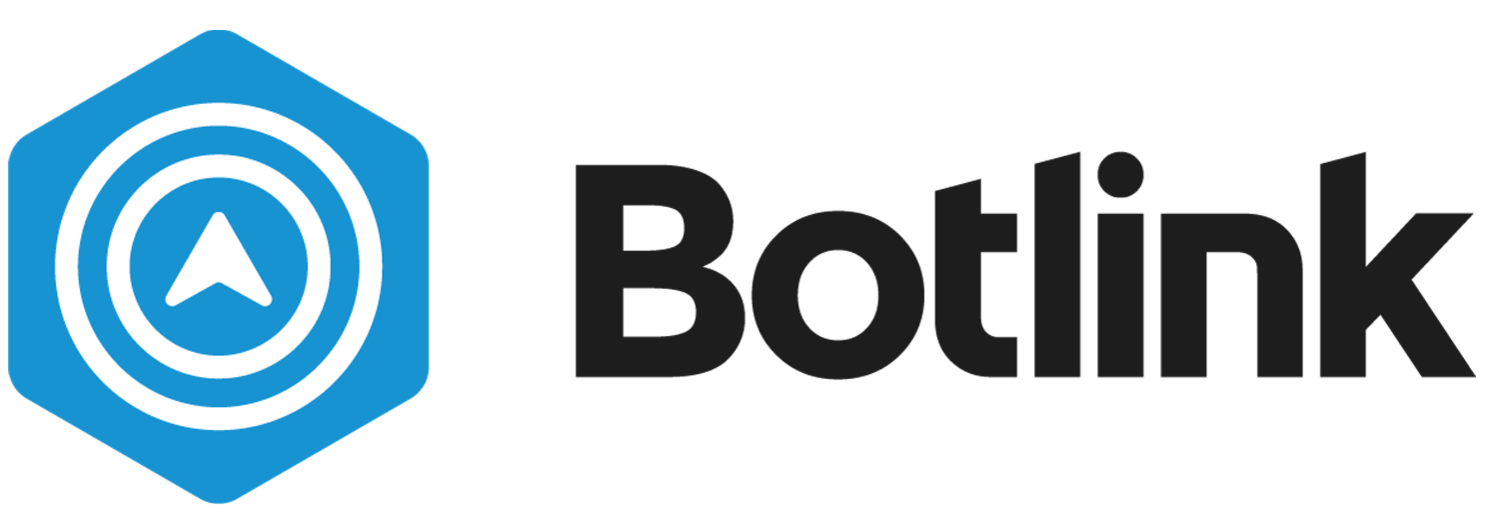
We cover a LOT of stuff in here, from our capabilities to best practices.
BOTLINK ARTICLES
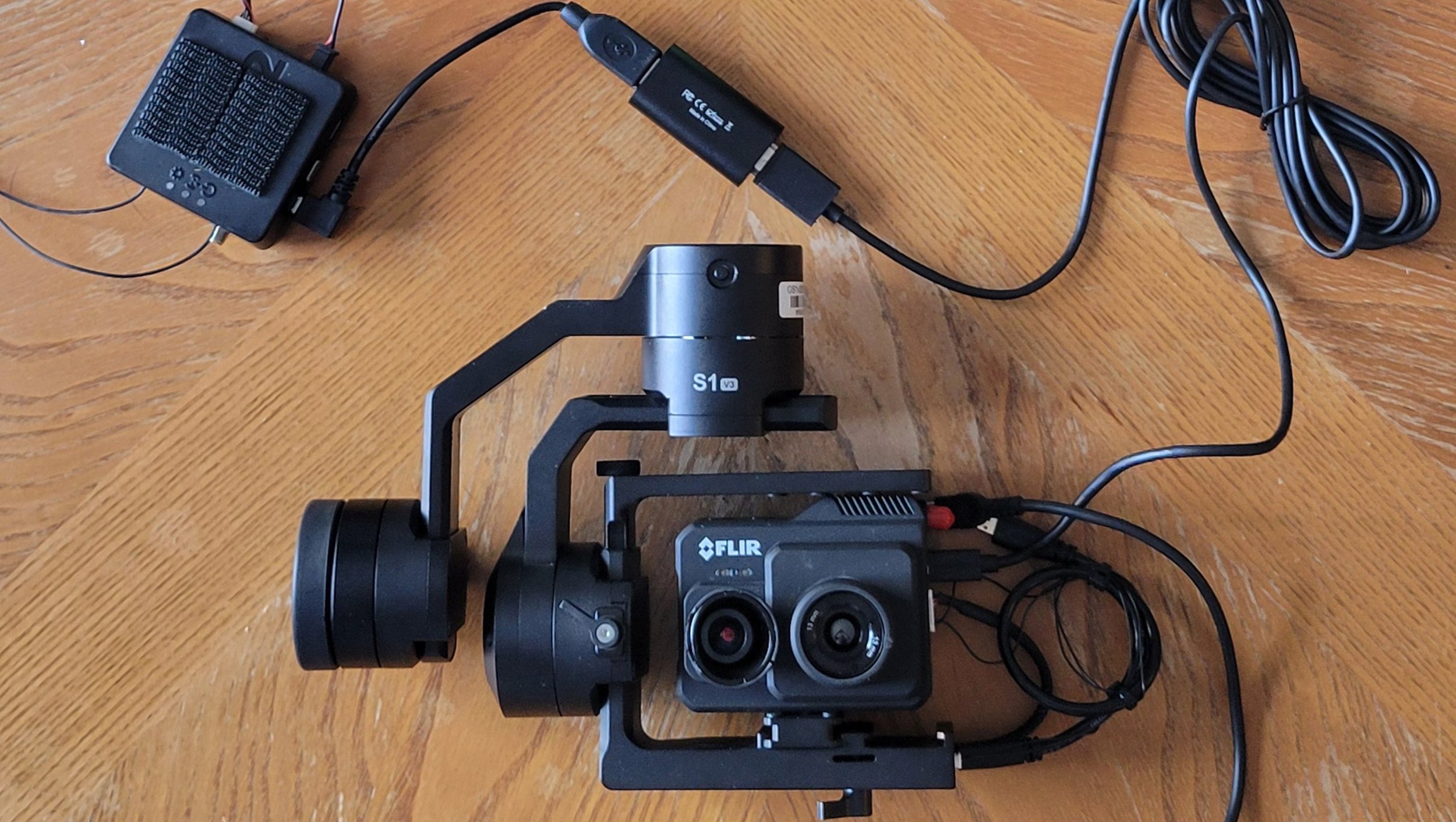
Using the XRD2 with a FLiR Camera
This article will walk you through how to connected a Gremsy gimbal and Flir Pro thermal camera to your ground station over the XRD2.
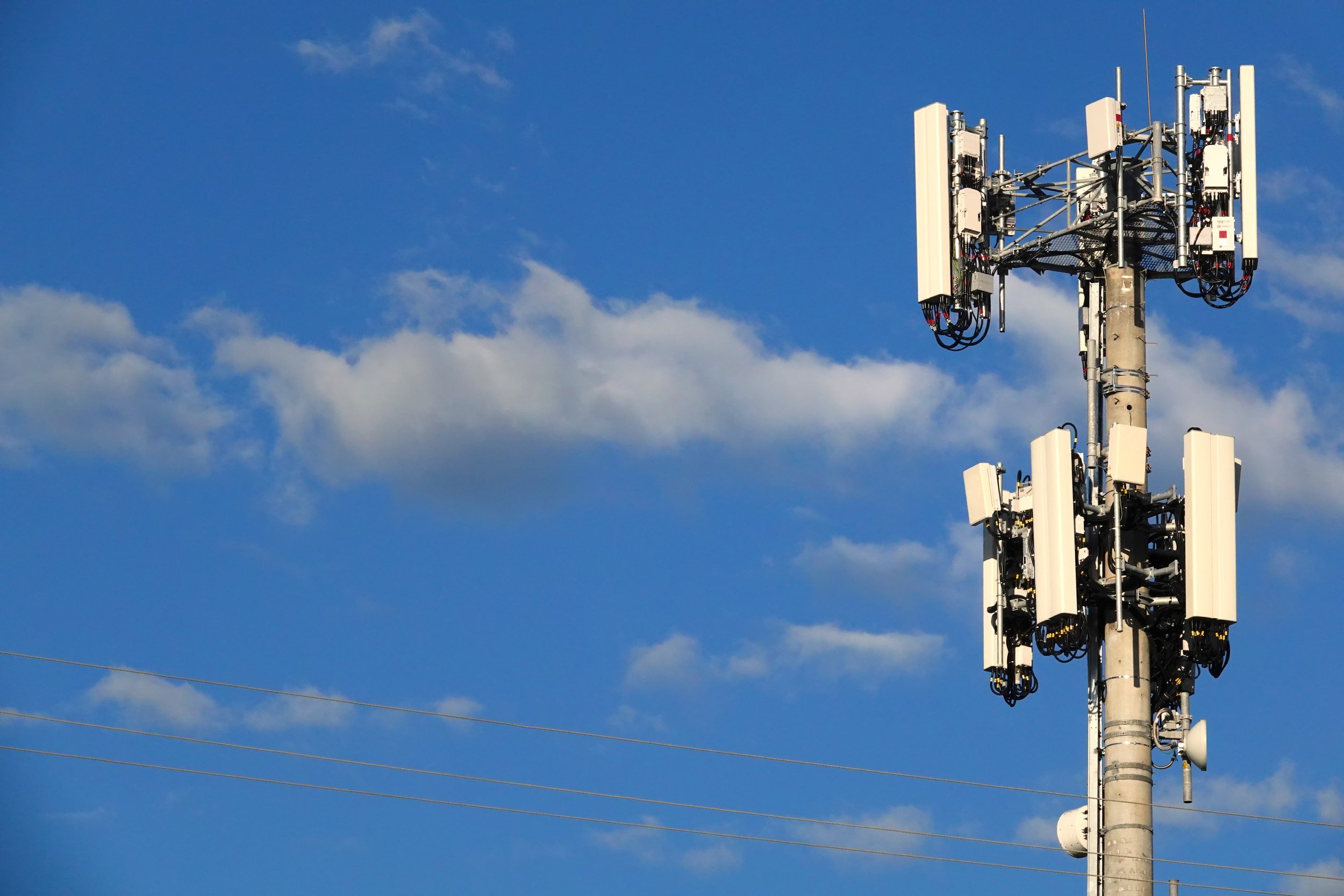
Why Cellular? Reasons for Integrating Cellular C2 in your Drone
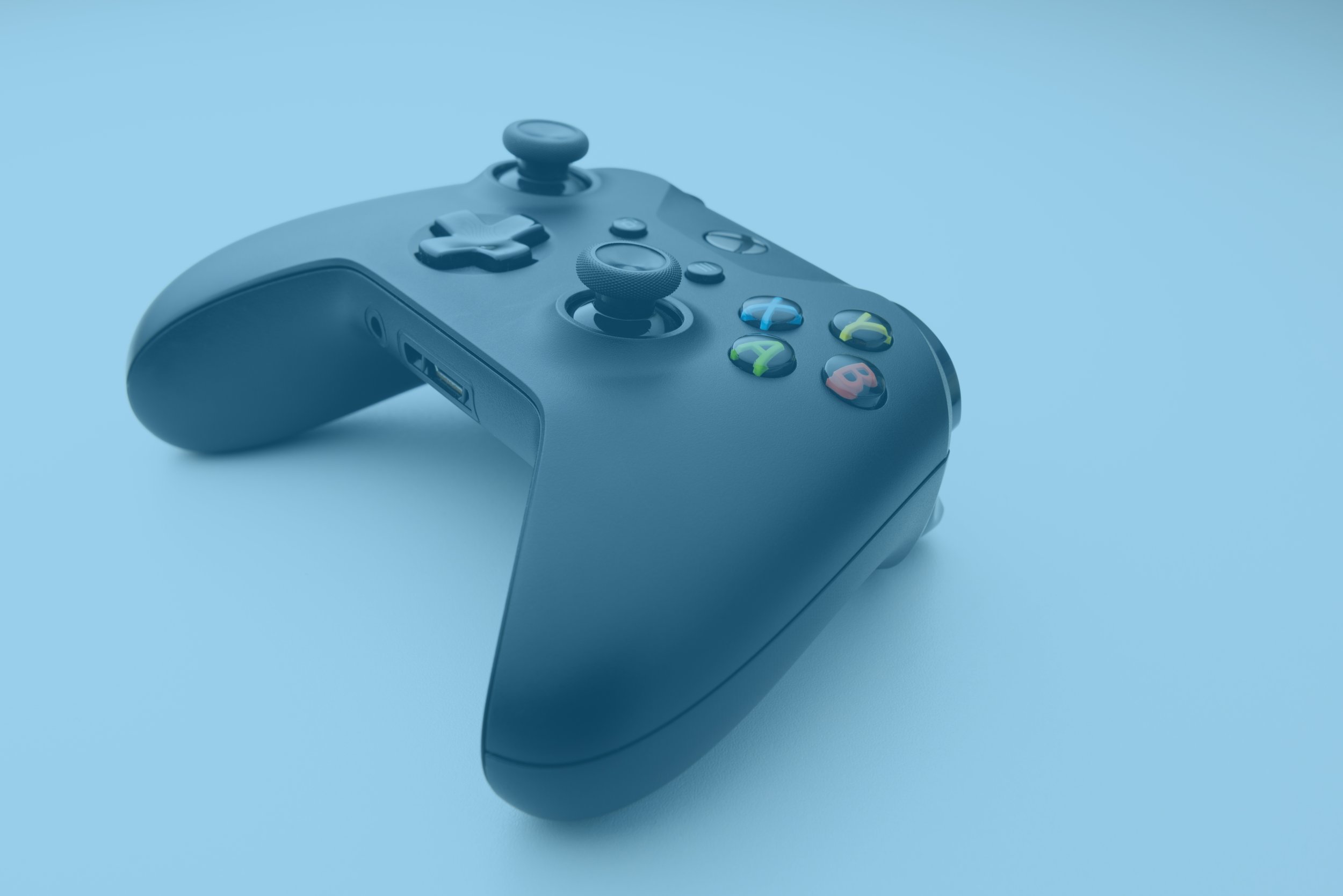
How to Set Up an Xbox Controller for a Pixhawk Autopilot And Fly Using Botlink's XRD2
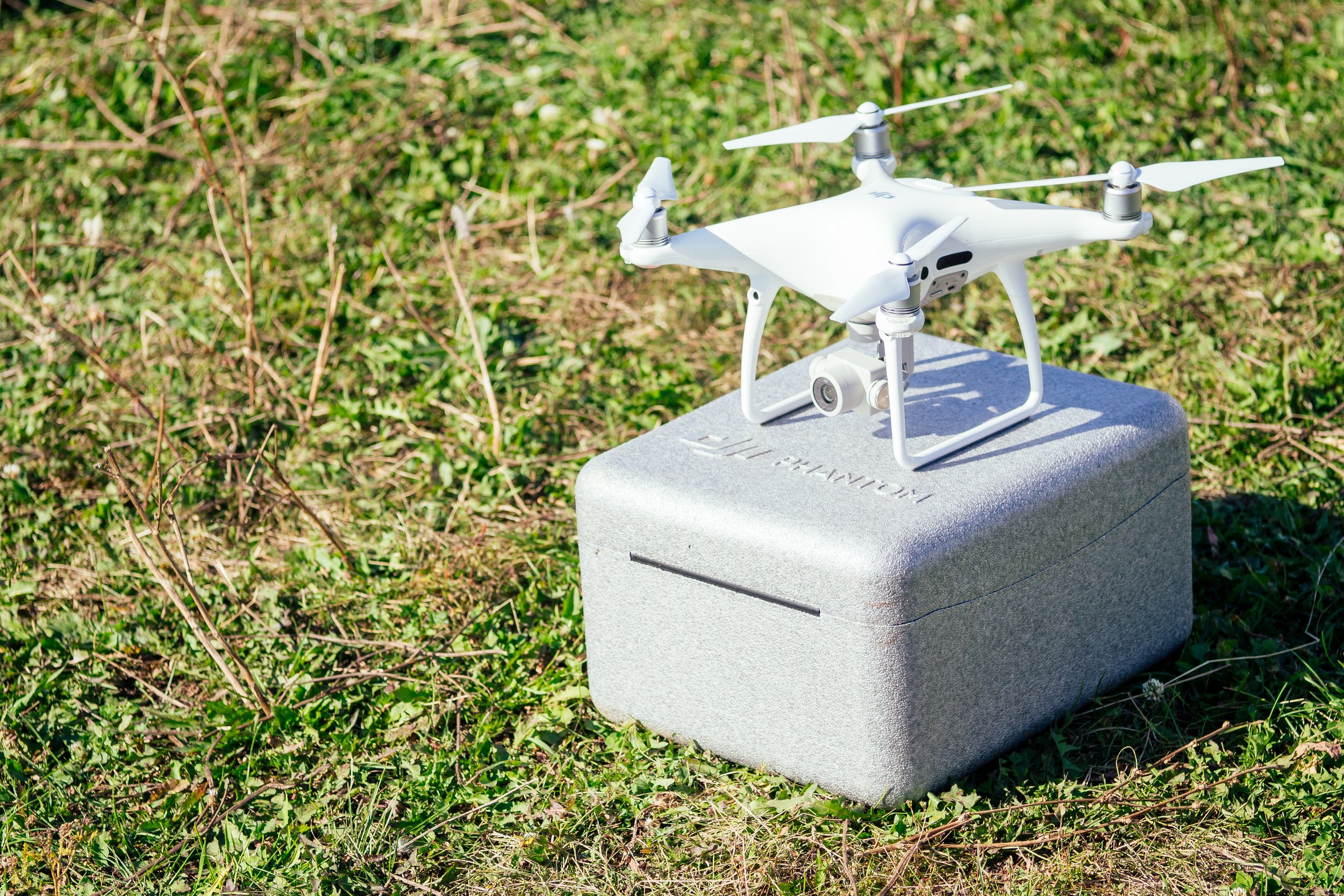
Tips on how to get DJI GO 4 Ready for Survey Flights

Best Practices for Survey Drone Flights for 3D Mapping
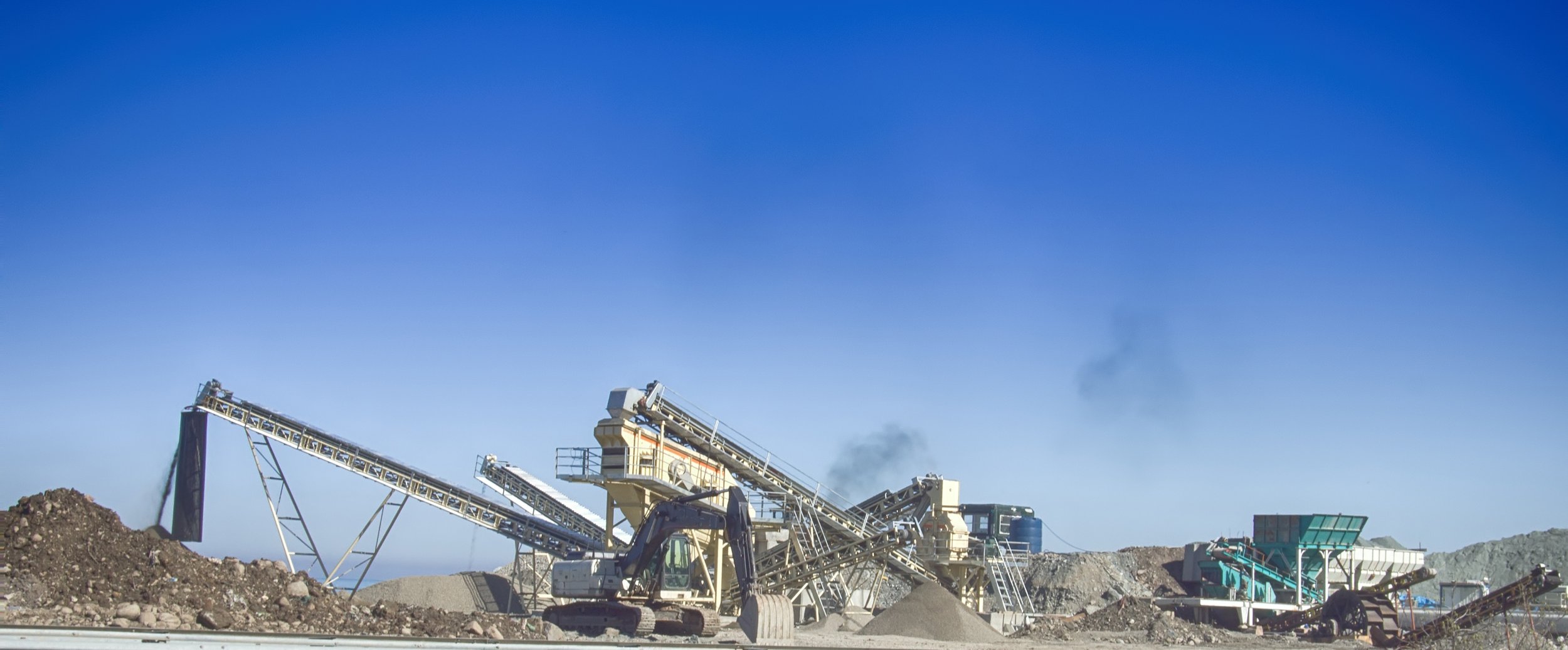
Why Using Drones Makes Aggregates Producers More Profitable
If you’re not using drones to measure stockpiles at your location, you’re missing out on an easy way to quickly gather information allowing for more efficient operations, which saves on the bottom line.

FAQs About Using the Botlink XRD for 4G/LTE Drone Communications
Let’s run through some of the most commonly asked questions about operating drones over LTE cellular networks.
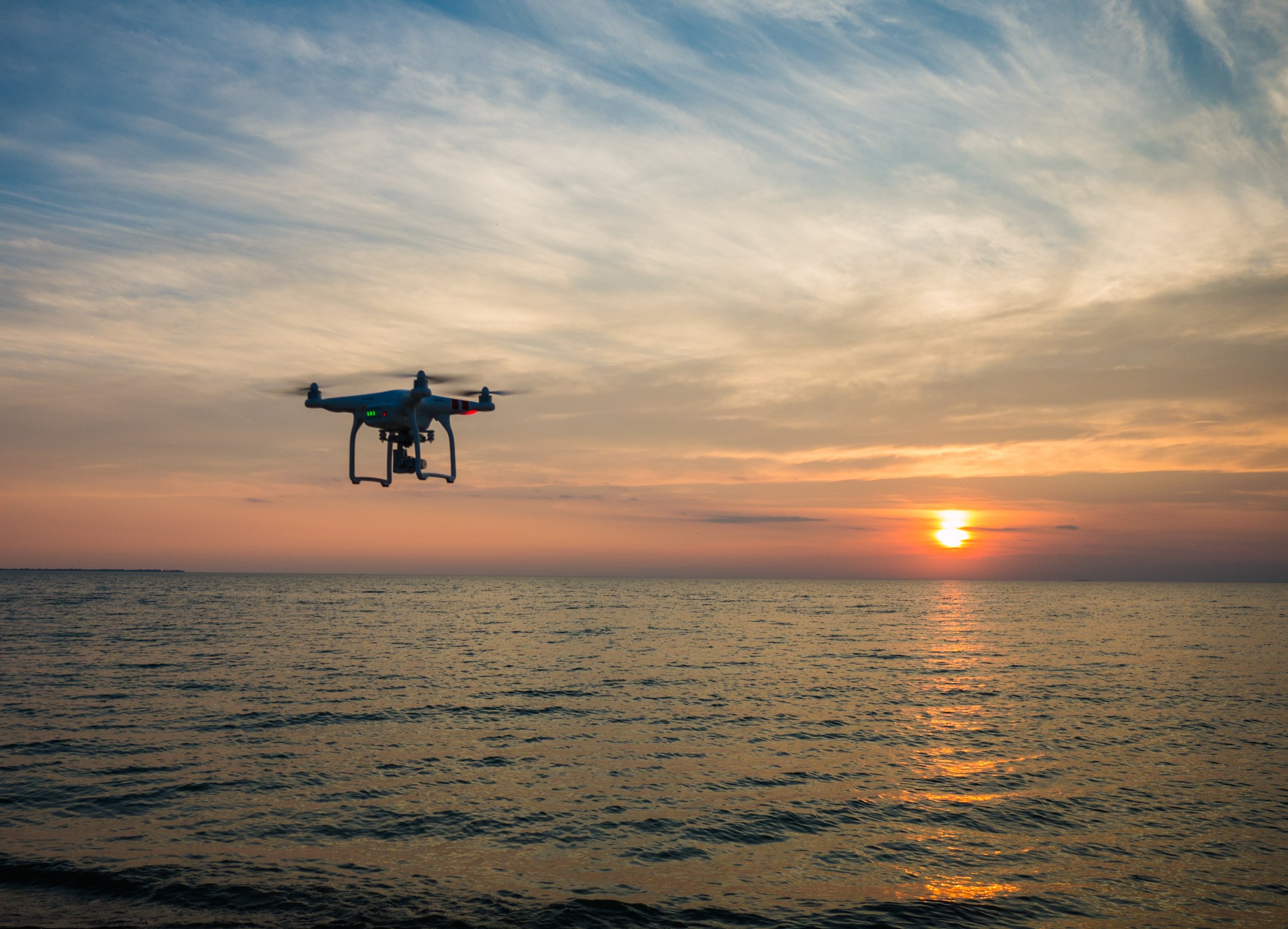
Aerodynamics 101

Belt Scales vs Drones - What's Better for Measuring Stockpiles
Let’s take a deep dive, and compare using drones for stockpile measurement versus using more traditional methods like belt scales.

How to Pass the Part 107-A and Become an FAA Certified Drone Operator
Search Our Blog
